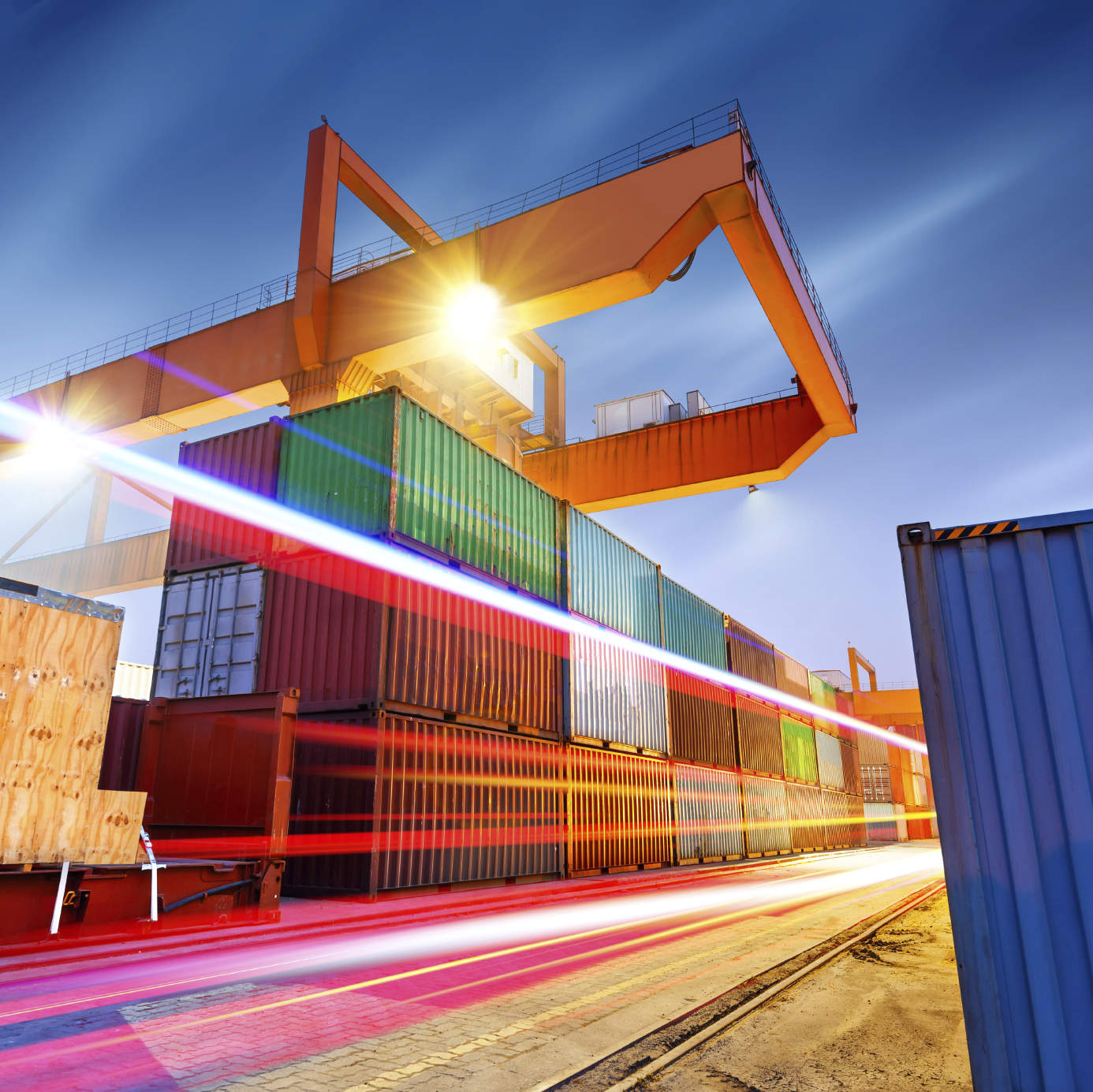
Are You Importing Legally?
The product you are buying might not be as simple to import
as you think. Before you order your product, be
certain that the product you are importing is allowed…
U.S. Customs and Border Protection (CBP) has a very broad authority to inspect import cargo, including commercial shipments. CBP can choose any shipment to exam. CBP does several different types of exams, for any variety of reason. Most of the exams are random checks and others are targeted at specific issues with some particular types of shipments. Examination may include one or more of the following:
VACIS / (NII) / X-Ray Exam
Using a gamma ray imaging system to examine the container’s contents without breaking the seal. This could take average of 24 to 72 working hours.
CET Exam
CET Exam is a physical examination of any import container entering the territory of the US. You can expect that it will be transported to a Customs Examination Station (CES). It may requires complete unloading and staging of the shipment for piece by piece examination of the cargo.
MET Exam
Team of U.S. Customs officials that examine invoices and packing lists on a random basis, it could led to other exam. Most common problems is Under invoicing true value on the commercial invoice to submit to Customs and by lowing the duty/tax that need to be paid.
USDA exam
USDA is usually looking for insect infestation or improper wood packaging. USDA may do either a tailgate exam, an intensive exam, X-ray and other exams depending on what they find. For example, ceramic tiles shipments from Italy, is known to have Oulema leaf beetle, Xerotricha conspurcata snails and Helicellinae snails.
FDA related
CBP will release the shipment, but there will still have FDA hold on it. You could pick-up your shipment, but can NOT sell or alter until FDA hold is lifted. FDA will send you notification when you can use or sell or if the shipment must be returned to your vendor (normally it could take 4 weeks from FDA).
The container will be move to Centralized Examination Station (CES) for physical inspection. For consolidate shipment, the individual shipment will be examined at Container Fright Station (CFS). CBP may place several types of “hold” on importer container and this type of “customs hold” must be removed before the importer can pick up the container.
- Manifest hold – lack of information from the importing carrier manifest.
- Commercial enforcement hold – CBP needs to verify the product standard safety, copy right and trademark.
 CBP enforces the import laws and regulations on the behalf of other U.S Federal agencies. U.S. Customs uses their large database to select importer, carrier manifest and customs entries to identify “high risk” cargo. This selected target will be place under U.S customs hold and exam. CBP will request addition information from the broker to make decision of either release or detain the cargo.
CBP enforces the import laws and regulations on the behalf of other U.S Federal agencies. U.S. Customs uses their large database to select importer, carrier manifest and customs entries to identify “high risk” cargo. This selected target will be place under U.S customs hold and exam. CBP will request addition information from the broker to make decision of either release or detain the cargo.
Container is examined by Customs and Border Protection (CBP) and is being charged a fee by the Centralized Examination Station (CES). CBP does not charged the importers directly for performing customs exams during their normal working hours. When cargo placed on holds and exam, the (CES) will charges the importer for various types of costs and expenses. All these charges that occur during the exam it is the importer’s responsibility to pay even if these holds and exams were not due to the importer’s fault. The importer will not be recovered for any compensation from the U.S. Customs. There are ports in the US, which you can choose the CES location, but sometime CBP will designate a specific CES for exam the container.




